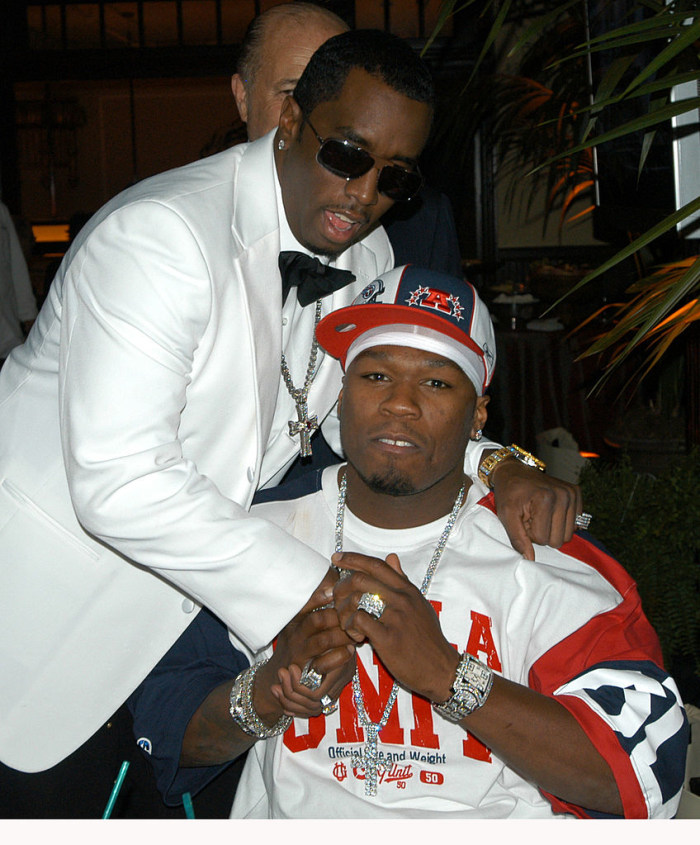
This article is more than
7 year oldThis is not an iPhone killer

AT LEAST three times a year, there will be new devices by phone makers not named Apple or Samsung that reviewers will claim are the cheap alternatives you’ve been spending your life waiting for.
Those reviews and news stories will tell you that, on paper, this device has everything you could ever want in an iPhone or Samsung Galaxy S device, but at a fraction of the price.
There will be the fastest processor, massive amounts of memory, a million cameras, it’ll be fireproof or maybe even have the ability to cure world hunger.
But saying something is better on paper rarely actually translates to it being better in real life. Things often come back to the old line: You get what you pay for.
After using both the Apple iPhone X and Google’s fantastic Pixel 2 XL for the last nine months, I wanted to try something new and fell sucker for the marketing campaign and many of the seemingly glowing reviews of the Huawei P20 Pro. So I went and laid down $1099 in cold hard cash on the counter of my local JB Hi-Fi.
After all, this thing has three cameras that are meant to blow my mind, an amazing display and Huawei has claimed to have cleaned right up its previously woeful take on the Android operating system, which it calls EMUI.
This is a device that promises the world, it promises the iPhone X experience, but better, for $500 less. What’s not to love ... on paper?
THE PREMIUM EXPERIENCE
Phones have been relatively unexciting up until the last 12 months. It was iteration after iteration with no seemingly huge leaps.
Then last year two new devices made things fun again — the Apple iPhone X and Google’s Pixel 2.
Apple’s made waves from its revolutionary design and gesture-based interface. If you use it for more than five minutes, you can tell this is how a smartphone should be.
The Pixel 2 from Google brought with it the first camera to truly challenge a DSLR. The pictures you can take on that device regularly blow your mind — whether it be in low light, taking pictures of landscapes or portrait photos. No smartphone has even come close to what it can produce.
MORE: Smartphone wars: Can a free trip to Bali entice you to buy a mid-range phone?
MORE: Can this new Chinese company challenge Apple or Google?
But perhaps the best part about both of these devices is how much effort both Google and Apple have put into getting the little things right. You know, those things you don’t notice on paper, or things that you might not realise when you play with your device for five minutes in the store before purchasing.
With the iPhone X it was just how easy it was to use. The gestures to swap between apps, navigate around the device and interact with its features all feel so natural — it’s almost shocking how wonderful it is to use the device. You constantly find yourself simply enjoying the experience of just doing the little daily things you always do.
The team at Apple really thought about this. There’s a lot of care and the engineers have obviously looked at it greatly from a functional user perspective.

In Google’s Pixel 2, there seemed to always be little things that would surprise me and make it a delight. It’s all-day battery life, the additional features such as “Now Playing” which can tell you what song is playing even in a noisy shop. And its camera — the glorious camera.
Google’s camera engineers had taken a step back and focused on what people want to take pictures of, how they take pictures of it and designed software that processes photos in a way that makes anyone look like a professional photographer just by pointing and shooting from their phone. I mean, take a look at some photos I’ve taken on it below over the last few months — nothing here was edited, and was purely just pointed at and snapped.



Even Google’s stock Android is now a breeze to use, with intuitive menus and intelligent Google Assistant. It all just works, it’s fast, and everything is exactly where you want it to be.
WHAT THE IPHONE ‘KILLERS’ GET WRONG
Enter the Huawei P20 Pro. It’s meant to be the device that takes Huawei into the same level as Apple, Samsung and Google. But every day I use it, I find a new reason to be frustrated by it.
Now Huawei has nailed the five-minute impression. The design is undoubtedly premium, the screen is gorgeous and it has a very intuitive night mode on the camera (which has three lenses) allowing you take pictures in light you didn’t think was possible — handy, but also mostly just a sales gimmick.
Huawei has tried too hard to get everything in for that initial experience, for the money people want to pay — at the expense of the overall experience.
My first 48 hours with the device I found utterly infuriating, before I was able to disable certain things that improved it a bit. For example, by default, there’s a setting on the device that will automatically turn off your mobile data when you connect to Wi-Fi, so when you leave that Wi-Fi network you find your phone suddenly stops loading anything before realising you need to turn that option off.
It’s only a little thing, but it’s not a pain you suffer with Apple, Google or Samsung.
It’s the same with the camera that is constantly shouted about. Huawei obviously has some great sensors in the device, but it then over-processes every photo. This means that all your pictures look a little bit like you’ve painted it like an oil painting. Check out the photos below.



But the worst part is how criminally unintuitive it is to navigate around the phone. Sure, you can use your standard Android three buttons on the bottom, but then you also have a fingerprint reader below it that acts as a home button, meaning you’re doubling up, wasting valuable screen real estate.
Huawei though, gives you an option to use that button for everything, by tapping, holding and swiping on it. But it couldn’t have integrated it worse if it tried.
For example, to go back on the device, it’s a light tap on the home button, but what often happens when you’re trying to scan your fingerprint to, say, log in to your bank account app, it gets confused, and just takes you back instead of actually unlocking the app. This has happened to me countless times, on my ING app, Macquarie app and LastPass app.
Then there are things like bad lag when you scroll through web pages, and inconsistencies around font and menu sizes.
These don’t sound like much now, but you often find yourself getting frustrated on these little things when you use the device a lot.
I’m not writing this to smash the Huawei device, nor these devices in general. The P20 Pro is generally a fine advice, but if you’re looking to buy one of these budget flagship devices, just remember that they’re budget for a reason.
I understand why people don’t want to spend $1500 or more on a phone — it’s a ludicrous amount of money for such a small device. So I can see why devices, such as this, and the likes of Oppo’s flagship devices can be appealing.
But my advice for someone who’s willing to spend $1100 on a phone is to just save that extra $400 for a true flagship option. This is something you spend hours using each day. That little bit of extra money for something that doesn’t leave you frustrated with its experience, for something that just works is worth every cent.
I just wish I thought of it that way before I bought my Huawei.




